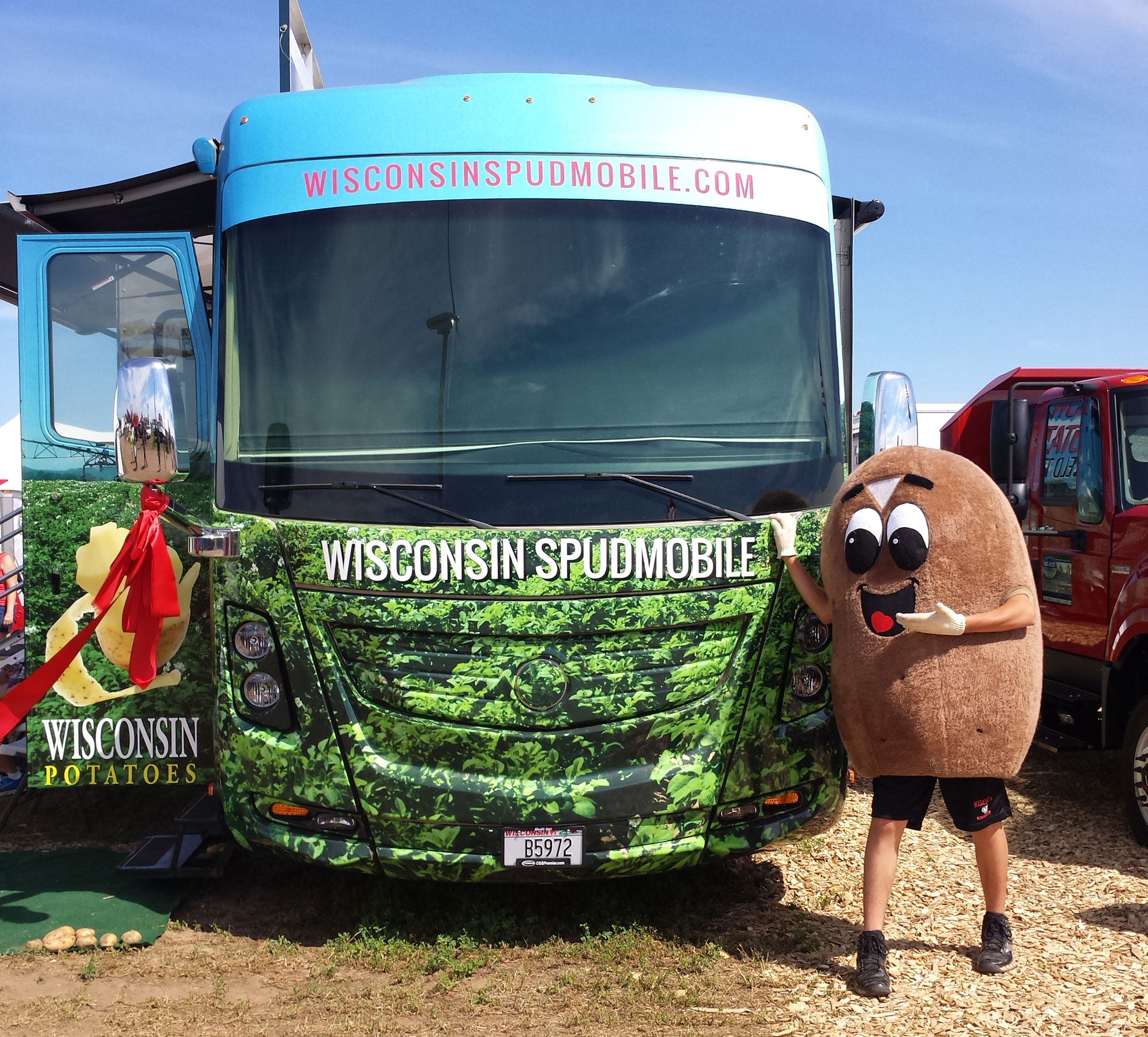How We’re Helping Restore Wisconsin’s Natural Ecosystems
 Since the 1840s, Wisconsin has experienced significant losses to its native ecosystems — logging, pine tree plantations, farming, construction, even the suppression of fires have all played a role. Currently, less than .01% of upland prairies, oak savanna and oak-pine barren communities’ original land coverage remains in Wisconsin — and are now classified as globally endangered (Emily Akers, “Monitoring vegetation response to ecosystem management in agricultural landscapes under an ecolabel scheme”).
Since the 1840s, Wisconsin has experienced significant losses to its native ecosystems — logging, pine tree plantations, farming, construction, even the suppression of fires have all played a role. Currently, less than .01% of upland prairies, oak savanna and oak-pine barren communities’ original land coverage remains in Wisconsin — and are now classified as globally endangered (Emily Akers, “Monitoring vegetation response to ecosystem management in agricultural landscapes under an ecolabel scheme”).
So just what can Healthy Grown potato growers do? Well, consider this. Two-thirds of the nation’s land are privately owned — that means that private owners, such as potato growers, can make a difference in restoring and preserving natural ecosystems.
Our Healthy Grown farmers are part of a movement that teams ecologists and conservation groups with farmers to bring major conservation efforts to the agricultural sector. Larry Alsum, a Healthy Grown grower, explains. “Of our 1,200 acres, 1,000 of those acres are planted and irrigated. That leaves 200 acres — or 16.7% of the land — that isn’t farmed. On most Healthy Grown farms, 15 – 30% of land is not being cultivated and is available for restoring natural communities. Now just think of the environmental impact we could have if every farmer in the U.S. worked to restore that acreage. Those dry corners and unfarmed lands could provide healthy, diverse habitats for animals, improve pollination and nutrient uptake — even effect water uptake. Small steps on private lands could lead to big results for all of us.”
One of the people we’re honored to work with is Jeb Barzen, International Crane Foundation Director of Field Ecology. According to Jeb, “We have to realize that farms do more than simply provide produce — they can provide clean ground water, biological diversity, carbon accumulation, healthy soil and improved natural lands and homes for myriad species.”
Jeb, along with teams of ecologists from the University of Wisconsin-Madison (UW), works with our Healthy Grown growers, helping them determine which nonfarmed portions of the farm can be restored.
On Larry Alsum’s farm, they’re working to restore oak-pine barrens and dry-mesic prairie communities. And one of the most important means of doing so is prescribed fires. These eco-communities consist of plants that are naturally fire-adapted. Fire is a useful tool for reducing the cover of woody vegetation, which historically would have been found at low densities in barrens and prairie communities. Fire also stimulates the growth and seed production of many native grassland plants. Prescribed fires are done on an as-needed basis as determined by the team of UW researchers — burn too often and you can reduce biological abundance, possibly reduce the carbon storage function of the ecosystem and negatively impact butterfly populations, such as that of the Karner Blue butterfly. It’s a fine balance — and one that’s working.
To learn more, read “Of Potatoes, Butterflies, Cranes, Pines and Prairies.”

